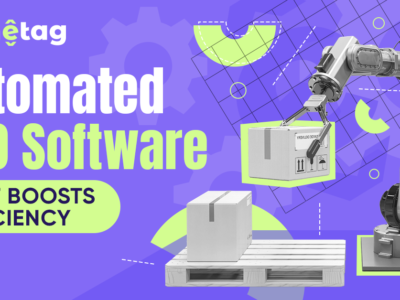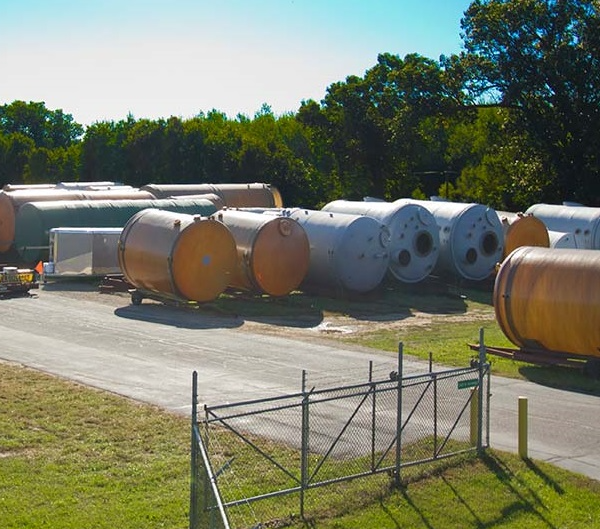
As a WordPress manager, your role involves overseeing the functionality, performance, and security of WordPress sites. Whether you’re managing a single site or multiple installations, having a deep understanding of essential features can greatly increase your productivity and effectiveness. Here’s a complete guide to the top 10 essential features every WordPress manager should be familiar with:
1. Dashboard Customization
The WordPress dashboard is the control center for site management. Customizing the dashboard allows you to sleek workflows and focus on what’s important. Key features include:
Widgets: Add or remove widgets to display relevant information such as recent comments, site health, or updates.
Admin Color Scheme: Customize the color scheme to reduce visual fatigue and improve focus.
Screen Options: Tailor the admin interface by adjusting which columns and information are visible on various admin screens.
2. User Roles and Permissions
WordPress offers a robust user management system with predefined roles and capabilities. Understanding these roles is crucial for effective site management:
Administrator: Full control over site settings, content, and users.
Editor: Can manage and publish posts and pages, moderate comments, and manage categories.
Author: Can write, edit, and publish their own posts.
Contributor: Can write and edit their own posts but cannot publish them.
Subscriber: Can manage their own profile and read content.
Properly assigning roles helps maintain site security and ensures that users have appropriate access levels.
3. Backup and Restore Options
Regular backups are essential for disaster recovery. WordPress offers several options for backups:
Plugins: Use plugins like UpdraftPlus, BackupBuddy, or VaultPress for automated backups and easy restores.
Hosting Services: Many hosting providers offer built-in backup solutions.
Manual Backups: Learn how to manually back up WordPress files and databases via FTP and phpMyAdmin.
Knowing how to create and restore backups ensures that your site can be quickly recovered in case of data loss or corruption.
4. Security Measures
Security is a top priority for WordPress managers. Essential security features include:
Security Plugins: Install plugins like Wordfence, Sucuri, or iThemes Security to protect against threats and weakness.
Two-Factor Authentication (2FA): Increase login security by requiring a second form of verification.
Regular Updates: Keep WordPress core, themes, and plugins updated to protect against known sensitivity.
Implementing robust security measures helps safeguard your site from cyber threats and unauthorized access.
5. Performance Optimization
Site performance affects user experience and SEO. Key performance optimization features include:
Caching Plugins: Use plugins like WP Super Cache or W3 Total Cache to speed up your site by caching static files.
Image Optimization: Optimize images using plugins like Smush or Imagify to reduce load times.
Content Delivery Network (CDN): Integrate with CDNs like Cloudflare or KeyCDN to improve site speed by serving content from multiple locations.
Optimizing performance ensures a faster, more responsive site, which can improve user satisfaction and search engine rankings.
6. SEO Management
Search Engine Optimization (SEO) is crucial for improving site visibility. Key SEO features and tools include:
SEO Plugins: Utilize plugins like Yoast SEO or All in One SEO Pack to manage meta tags, sitemaps, and other SEO elements.
XML Sitemaps: Generate sitemaps to help search engines crawl and index your site more effectively.
SEO Analysis Tools: Use tools like Google Search Console and Ahrefs to monitor and improve your site’s SEO performance.
Effective SEO management can drive more organic traffic to your site and improve its ranking on search engines.
7. Content Management
Efficient content management is key to maintaining an organized and engaging site. Essential content management features include:
Editor Tools: Utilize the Gutenberg block editor or classic editor to create and format content.
Categories and Tags: Organize content using categories and tags for better navigation and user experience.
Content Scheduling: Schedule posts and pages for future publication to streamline content management.
Mastering content management features allows you to maintain a well-organized and up-to-date site.
8. Analytics and Reporting
Tracking and analyzing site performance helps you make data-driven decisions. Important analytics features include:
Google Analytics Integration: Use plugins like MonsterInsights or Site Kit by Google to integrate Google Analytics with your WordPress site.
Site Health Reports: Monitor site health and performance using WordPress’s built-in Site Health tool.
Traffic Analysis: Analyze traffic sources, user behavior, and conversion metrics to optimize your site’s performance.
Understanding analytics and reporting features helps you track progress, identify issues, and optimize your site’s performance.
9. Theme and Plugin Management
Managing themes and plugins is crucial for site functionality and aesthetics. Essential management features include:
Theme Customization: Use the WordPress Customizer to modify theme settings, colors, fonts, and layouts.
Plugin Installation and Updates: Regularly update plugins to ensure compatibility and security. Use the Plugin Directory or upload plugins manually.
Child Themes: Create child themes to make customizations without affecting the parent theme’s updates.
Effective theme and plugin management ensures your site remains functional, secure, and visually appealing.
10. Multisite Management
If you’re managing multiple WordPress sites, the Multisite Network feature allows you to create and manage a network of sites from a single WordPress installation. Key features include:
Network Administration: Access a centralized dashboard for managing sites, themes, and plugins across the network.
Site Creation: Easily create new sites within the network with shared or unique settings.
User Management: Manage users and their roles across multiple sites.
Utilizing Multisite Network can simplify the management of multiple WordPress installations, saving time and effort.
Conclusion
Mastering these essential features will empower you to manage WordPress sites more effectively and efficiently. From customizing the dashboard and managing user roles to implementing security measures and optimizing performance, each feature plays a vital role in maintaining a successful WordPress site. By understanding and leveraging these features, you’ll be well-equipped to handle the demands of WordPress management and ensure a smooth and successful web presence.










